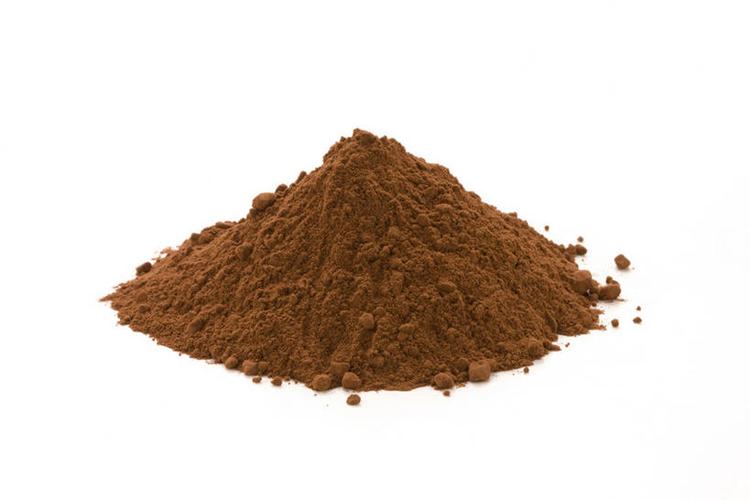Silicon’s Secret Handshake: How Tiny Electrons Rule the Tech Universe
(Valence Electrons in Silicon: Understanding Atomic Bonds and Reactivity)
Let’s talk about silicon. Not the stuff in your yoga mat or beachy hair conditioner—no, we’re diving into the silicon that’s the VIP of the tech world. The kind that powers your phone, your laptop, and maybe even the satellite guiding your late-night pizza delivery. But what makes silicon so *good* at its job? The answer lies in its valence electrons—those outer-shell party animals that dictate how atoms mingle, bond, and ultimately, how they shape our world.
**Valence Electrons: The Ultimate Social Butterflies**
Imagine atoms as tiny nightclubs. The valence electrons are the bouncers at the door, deciding who gets in, who gets kicked out, and who sticks around to form connections. Silicon, with an atomic number of 14, has four valence electrons. That’s right—four little charmers in its outermost shell, itching to link up with other atoms. But why four? Think of it as the Goldilocks zone of bonding: not too greedy (like neon, which hoards electrons), not too desperate (like sodium, which tosses electrons away). Silicon is just right. It’s the porridge-sipping, bond-forming superstar of the periodic table.
**The Covalent Tango: Silicon’s Dance of Stability**
Silicon’s four valence electrons make it a master of covalent bonding. Picture this: two silicon atoms meet at a microscopic dance floor. Each shares its four valence electrons, creating a sturdy, tetrahedral lattice structure. This isn’t just a casual fling—it’s a long-term commitment. The result? Crystals. Big, shiny, orderly crystals that form the backbone of semiconductors. But here’s the kicker: silicon isn’t a lone wolf. It’s a team player. When it bonds with oxygen, you get silica (hello, beach sand!). When it bonds with carbon, things get spicy—silicon carbide becomes harder than a diamond-tipped drill bit.
**Why Silicon Doesn’t Just “Chill”**
If silicon’s so stable, why is it the life of the tech party? Because stability doesn’t mean laziness. Silicon’s reactivity is like a well-trained spy—it waits for the right moment to strike. At room temperature, it’s chill. But heat it up, douse it with some fluorine or chlorine, and boom! It transforms into compounds that fuel industries. Ever heard of silicone (with an “e”)? That’s silicon-oxygen chains flexing in everything from medical implants to your non-stick muffin tray.
**The Tech Magic: From Sand to Smartphones**
Here’s where valence electrons become rockstars. Pure silicon’s four-electron structure is a semiconductor’s dream. Add a dash of phosphorus (with five valence electrons), and you get extra electrons—creating an “n-type” material. Toss in some boron (with three valence electrons), and you create electron “holes”—a “p-type” material. Smush them together, and you’ve got a diode. Layer them into transistors, and suddenly you’re streaming cat videos at light speed. Silicon’s valence electrons aren’t just bonding—they’re building the digital age.
**But Wait—Why Not Carbon?**
Carbon also has four valence electrons. So why isn’t your laptop made of diamonds? Great question. Carbon’s bonds are shorter and stronger, making it less flexible for tweaking conductivity. Silicon’s larger atomic size means its bonds are more relaxed, letting engineers nudge its behavior with impurities. Plus, silicon’s abundant. It’s literally sand. Carbon might be the life of the organic party, but silicon? It’s the quiet genius behind the scenes.
**The Takeaway: Tiny Electrons, Giant Impact**
(Valence Electrons in Silicon: Understanding Atomic Bonds and Reactivity)
Next time you swipe your screen or binge a show, remember: it’s all thanks to silicon’s valence electrons. These tiny particles aren’t just science trivia—they’re the architects of modernity. They decide how atoms flirt, fuse, and function. So here’s to silicon’s secret handshake: the four-electron rule that’s quietly, brilliantly, keeping our world connected. Now go forth, and maybe thank a valence electron today. They’ve earned it.
Inquiry us
if you want to want to know more, please feel free to contact us. (nanotrun@yahoo.com)




